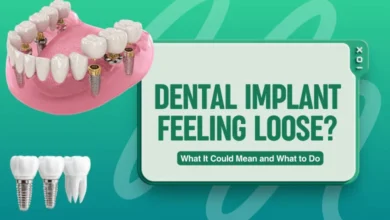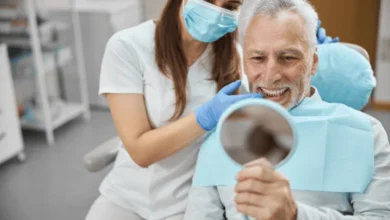Canine Parvovirus Symptoms To Look Out For in Your Dog
Canine parvovirus is one of the most devastating infectious diseases in dogs after rabies – which has nearly been eradicated by vaccination programs in many countries.
First discovered in 1976, canine parvovirus has a mortality rate of 91 percent and is extremely contagious. Contracted by animals through exposure to infected feces matter, it quickly spreads from dog to dog. By the late 1970s the illness had spread throughout the world. Luckily, canine parvovirus vaccines are extremely effective at preventing symptoms from ever taking hold. If you haven’t already, make sure to get your dog inoculated. You should still look out for the symptoms of the disease so that your pet can get treatment during the early onset of an illness, should it occur. Here are the symptoms you need to look out for.
Lethargy
Lethargy is one of the first signs that you should take your dog to the local vet so that they can check its stool for parvovirus. If your dog does not respond to stimuli that usually excites them – like treats – then this is a good sign that clinical lethargy has taken hold. You are the person that knows your dog best. If you think it is acting out of the ordinary, then the time has come to carry out a little investigation.
Loss Of Appetite
A loss of appetite can indicate gastrointestinal problems – one of the main ways in which parvovirus harms the canine body. Infected dogs will shun food as a reaction to the intestinal pain they are feeling. There are plenty of other health-related reasons why your dog may be shunning food, but you should contact a vet just to make sure it isn’t parvovirus related.
Bloating
Parvovirus targets the epithelium of the small intestine – damaging the ability of a dog to absorb nutrients. This can cause bloating. If your dog appears to be swelling unnaturally around their abdomen then you should take it to the vets for a checkup. This bloating should not be confused with weight gain. It is a swelling caused by irritation. A good vet will very quickly be able to determine whether your dog has undergone weight gain or is suffering from swollen intestines.
Severe Diarrhea
The most dangerous and obvious symptom of canine parvovirus is severe diarrhea. There is often blood in the stool that is passed during infection. Dogs suffer hugely due to this: they loose lots of fluids and cannot replace them naturally due to a loss of appetite and intestines that are being attacked by the virus. If your dog passes bloody or liquid stools, then they need to be taken into a vet immediately. Vets typically hook a dog suffering from this symptom up to an intravenous drip so that they can replace lost fluids and nutrients without having to force the dog to eat – which would be a nearly impossible task. Dogs suffering from this stage of the virus need to be cared for constantly to avoid them passing out from lack of fluids, which is the most prominent cause of death during a parvovirus infection.






